Herp habitat in southern Illinois.
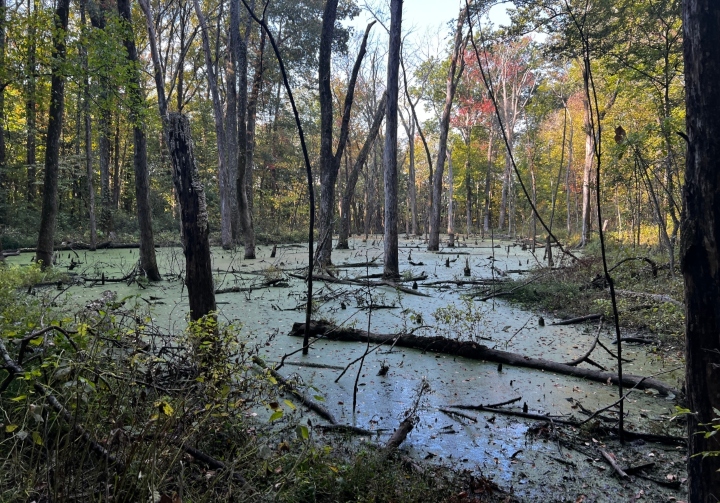
Unlike most mole salamanders, instead of laying eggs in the spring, Marbled Salamanders lay their eggs in the fall in low areas that are likely to flood during winter rains. The female coils around the eggs until they can be underwater.
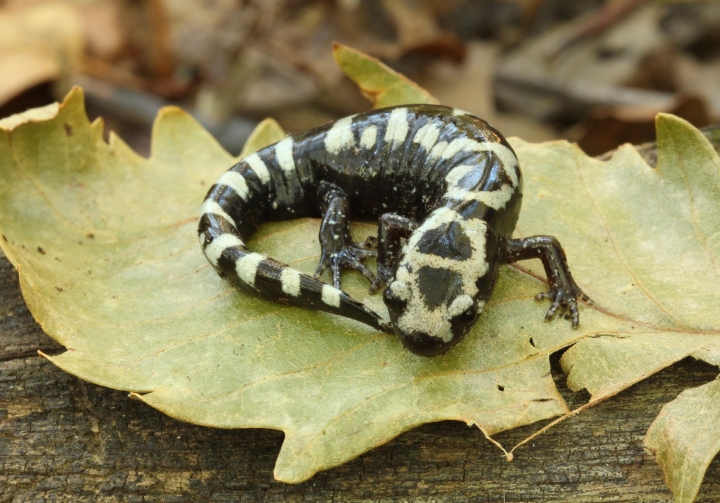
A fine fish - I caught my first-ever Grass Pickerel.
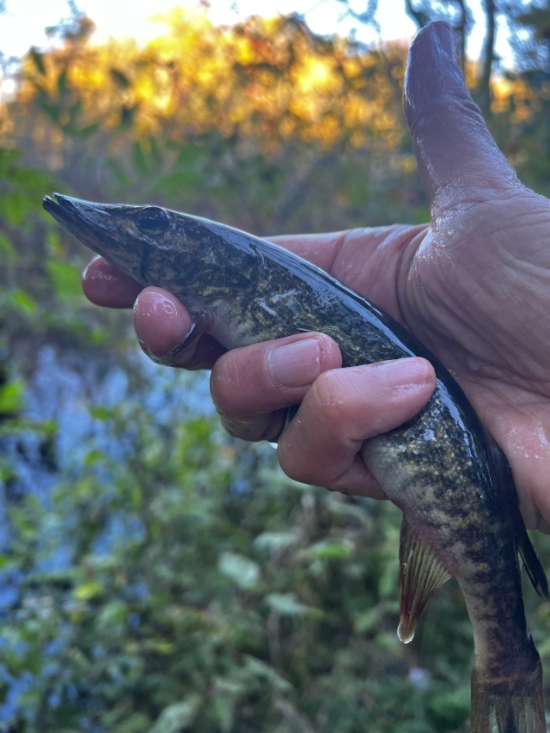
This young Red Milk Snake was the highlight of the trip for me.
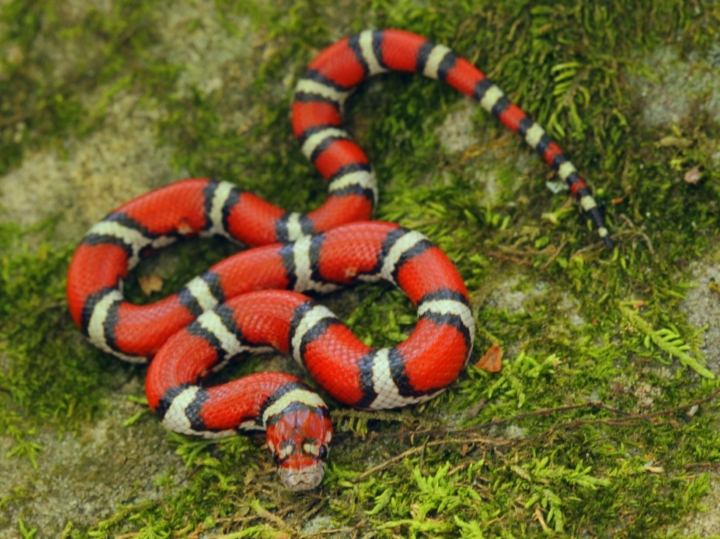
An "artistic" looking Shaggy Mane Mushroom along the edge of a swamp.
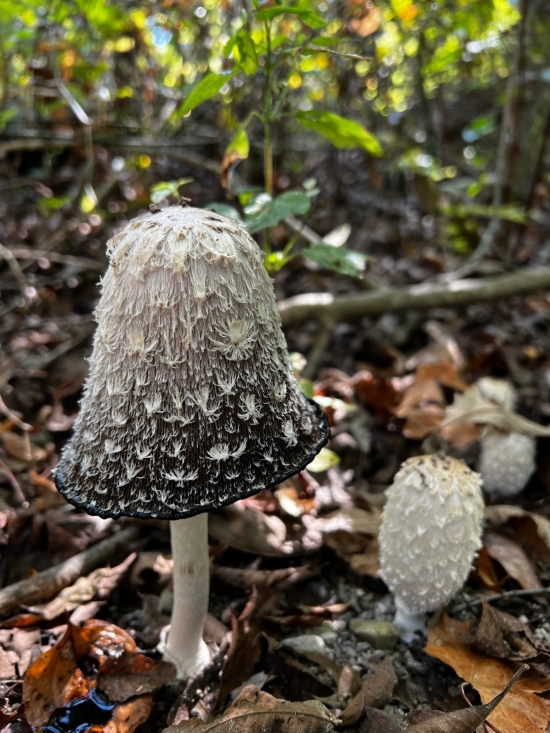
Mole Salamanders are black, brown or grey in color, with pale bluish or silvery flecks. Adults are found in forested habitats like bald cypress and tupelo swamplands, flatwoods sloughs and nearby ponds. I sometimes find them under logs or in moist leaf litter.
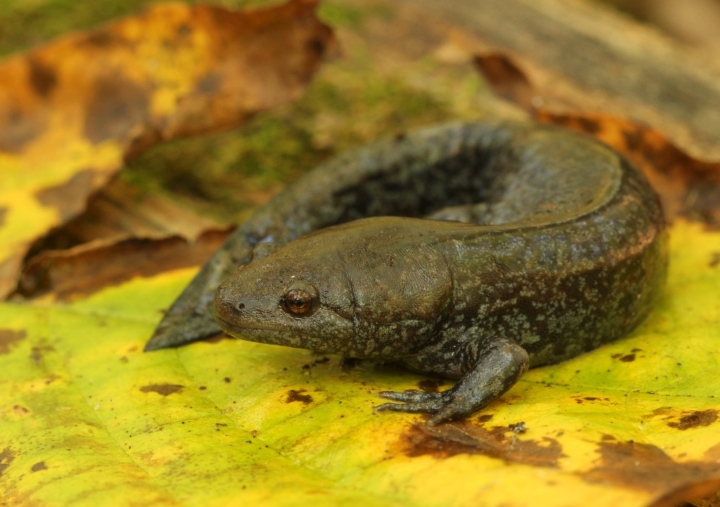
Northern Ringneck Snakes are easily recognizable by their small size, uniform dark color on the back, bright yellow-orange belly, and distinct yellow ring around the neck.
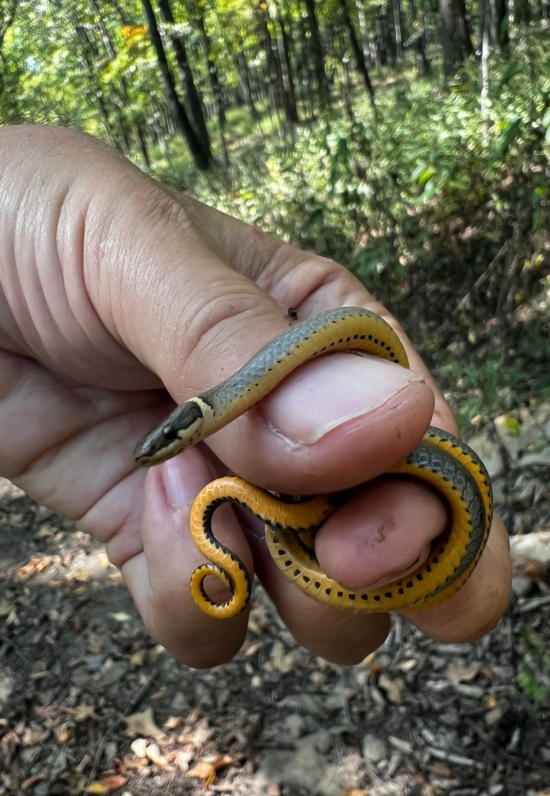
The most commonly observed amphibian on the trip was the Southern Leopard Frog.
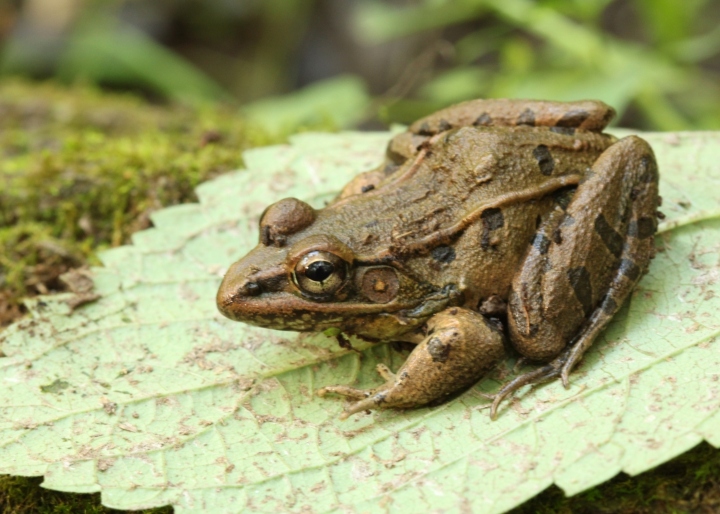
Double Southern Black Racer happiness in southern Illinois.
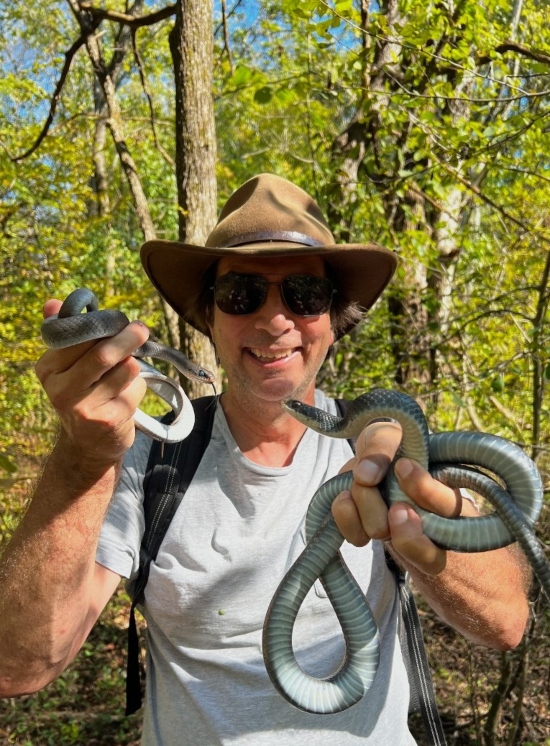
I did not see as many Cottonmouths as I usually do - this one was underneath a metal ramp.
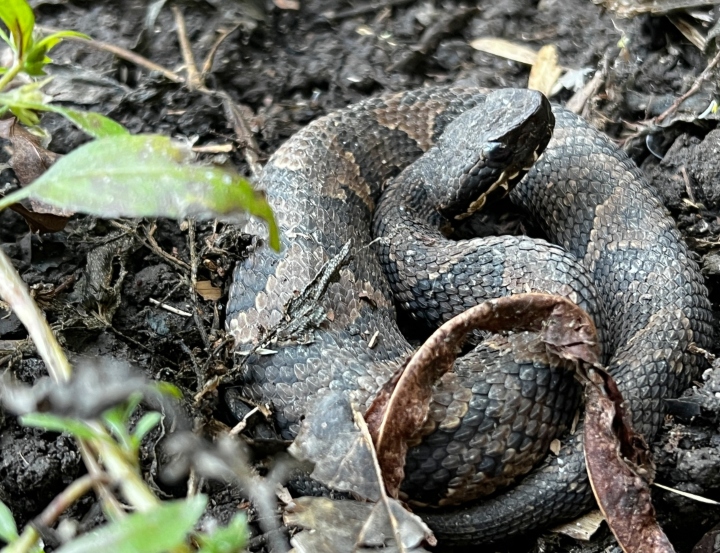
A fine looking Spotted Salamander found along railroad tracks in southern Illinois.
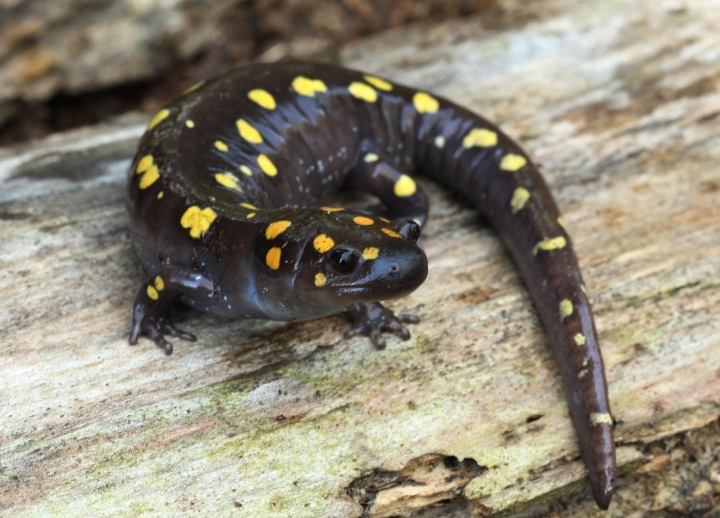
Several Racers were found in this Sand Prairie habitat in Missouri.
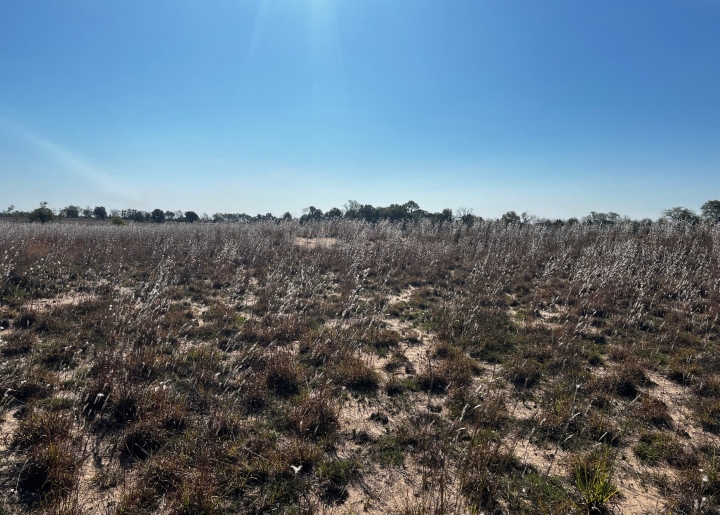
Here's one of them.
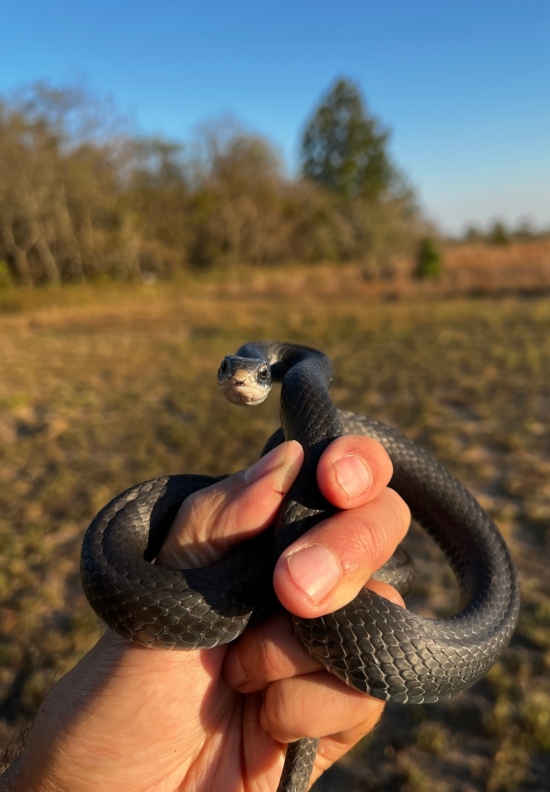
A Black and Yellow Flat Millipede.
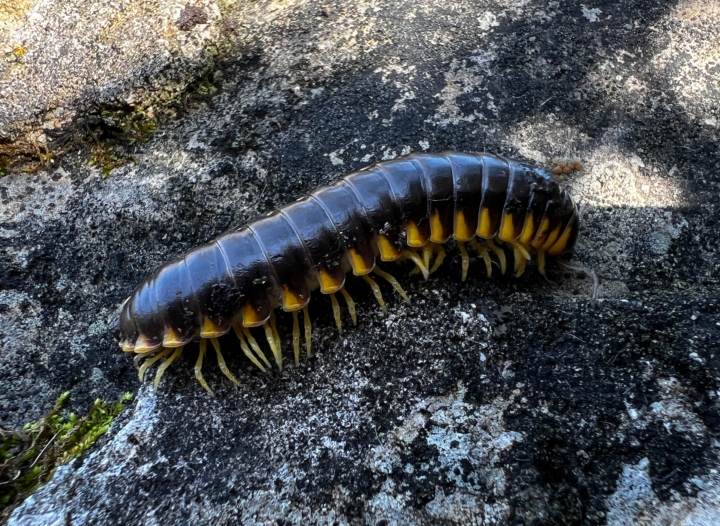
Click here to see Part 3
|